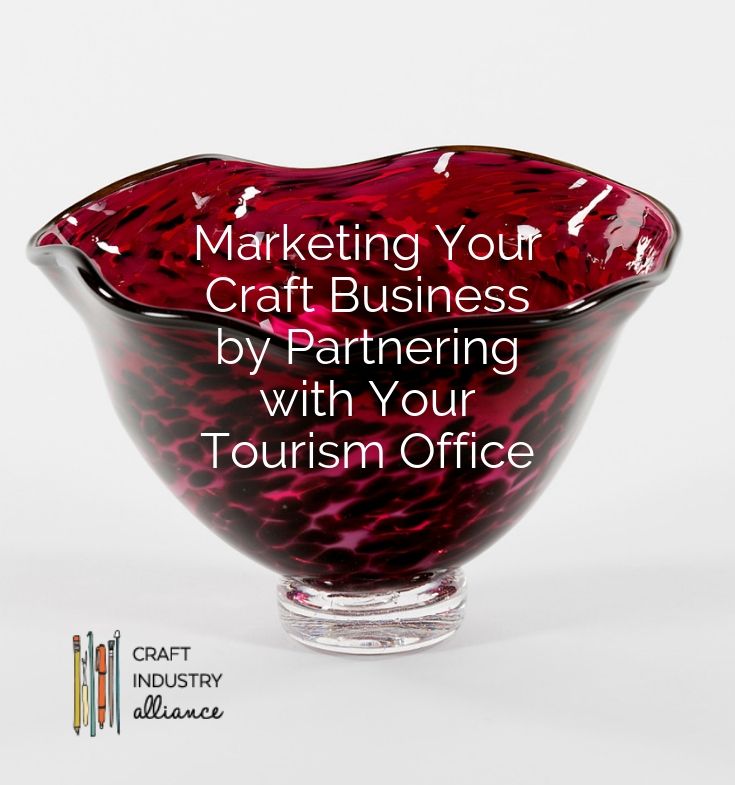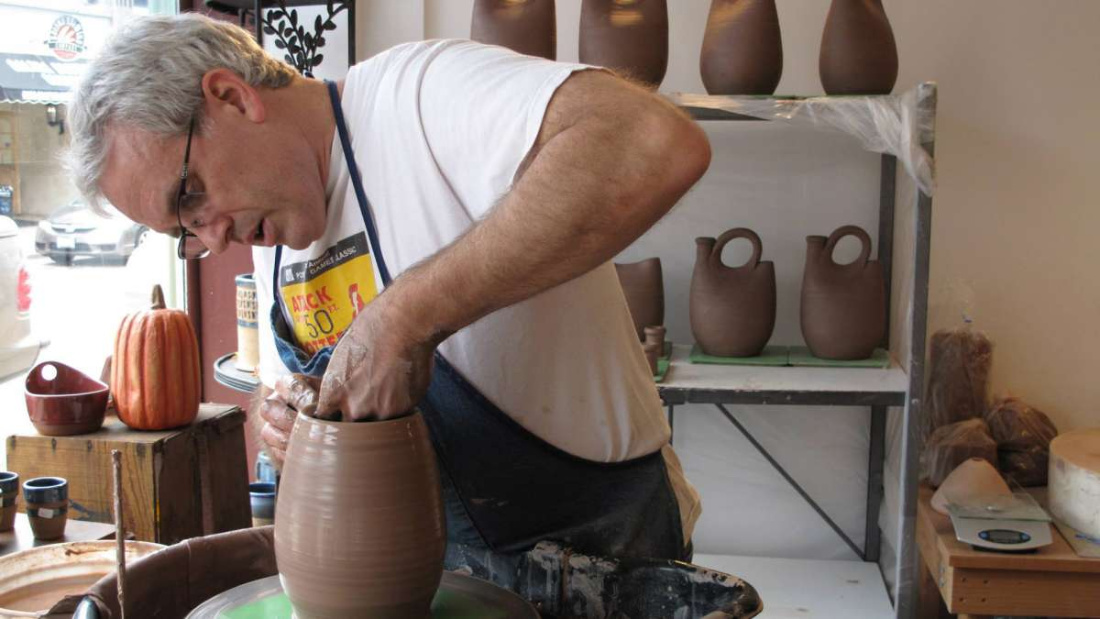
Joe Pinder makes intricate yet functional stoneware pottery for everyday use.
Photo courtesy of Illinois Tourism
In May of this year, the Illinois Office of Tourism announced 18 businesses would be joining Illinois Made, a program that “drives visitors to all regions of Illinois by promoting authentic, locally loved experiences throughout the state,” said Jan Kemmerling, Acting Director of the Illinois Office of Tourism. These 18 businesses—crafting handmade denim jeans, glass pieces, gluten-free baked goods, pottery, stringed instruments, alpaca wool made products and more—joined the almost 130 businesses that have been a part of the program since its founding in 2016.
Tourism boards attempting to partner with and promote local arts and craft businesses is not a new idea, nor did it originate in the United States. Places that have sought to preserve and promote their unique cultural heritage and traditions have offered tourists a variety of goods for sale, unique experiences, or study opportunities.
Tourism boards on national, state, province, and local levels have been partnering with makers in places like Ireland, England, Scotland, Canada, and Australia for decades or longer. And organizations like the Australia Council for Arts have recognized that arts and crafts have the potential to “drive and support tourism activity.”
Most tourism bureaus around the world are eager to partner with arts and craft businesses and their creative forces. Those partnerships can take many forms, from mentions or listings in activity directories, to promotion of goods for sale, to stories that highlight the work and artistry, to inclusion in “must experience” sections of websites regarding “cultural tourism.” For example, VisitScotland.com showcases day courses and two residential basketry and coracle making courses (crafts indigenous to the area) with Jane Wilkinson (seen in the photo below) and printmaking courses with Cornelia Weinmann in the Perthshire town of Alyth, on a webpage called Alyth Craft Tourism.
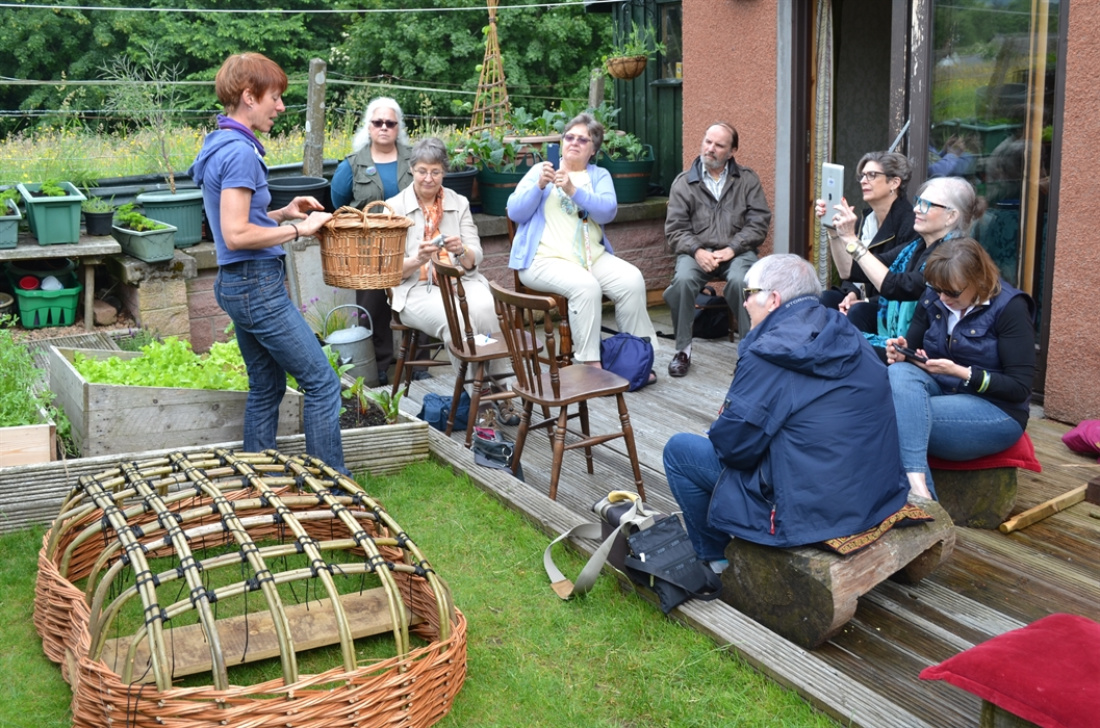
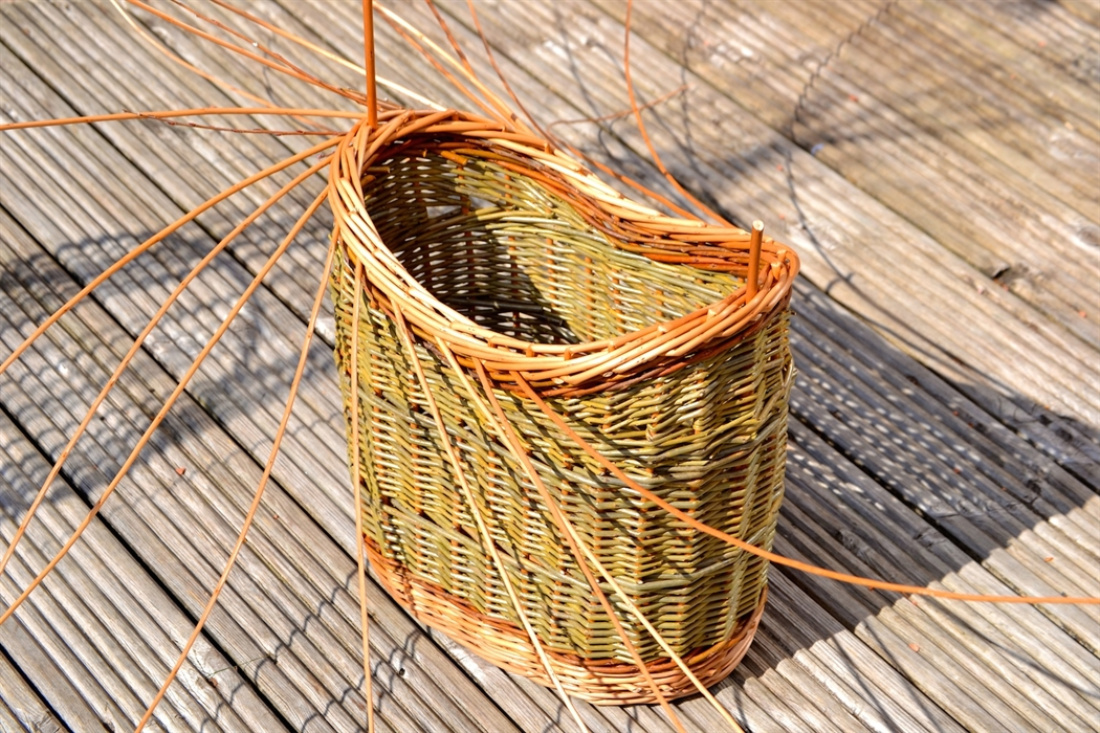
Basketry and coracle making class with Jane Wilkinson.
Photo courtesy of VisitScotland.com
University of South Australia Professor of Cultural and Creative Industries, Susan Luckman, co-author of Craft Economies, explained, “There is much more scope for highlighting craft businesses, especially how they intertwine with food and wine tourism, as part of a larger unique artisanal tourist offering.
Whether it be literally working with food and beverage operators to provide the unique wares they use in their premises, or providing the very premises itself, or seeking out shared retail opportunities, there are many logical synergies to be explored.”
Luckman gave the example of the South Australian Tourism Commission’s promotion of Seppeltsfield, which bills itself a “wine, food and art paradise” and JamFactory, non-profit cultural organization that opened its second location (the first is in Adelaide) in Seppeltsfield in 2013. JamFactory provides studio space for a millinery, a knifemaker, a ceramicist, and glass and leather artists, among others. The space also offers public workshops and hands-on experiences to guests. JamFactory’s retail shop also sells “an extensive range of hand-crafted ceramics, furniture, glassware, jewelry and other collectables” by local artists and designers.
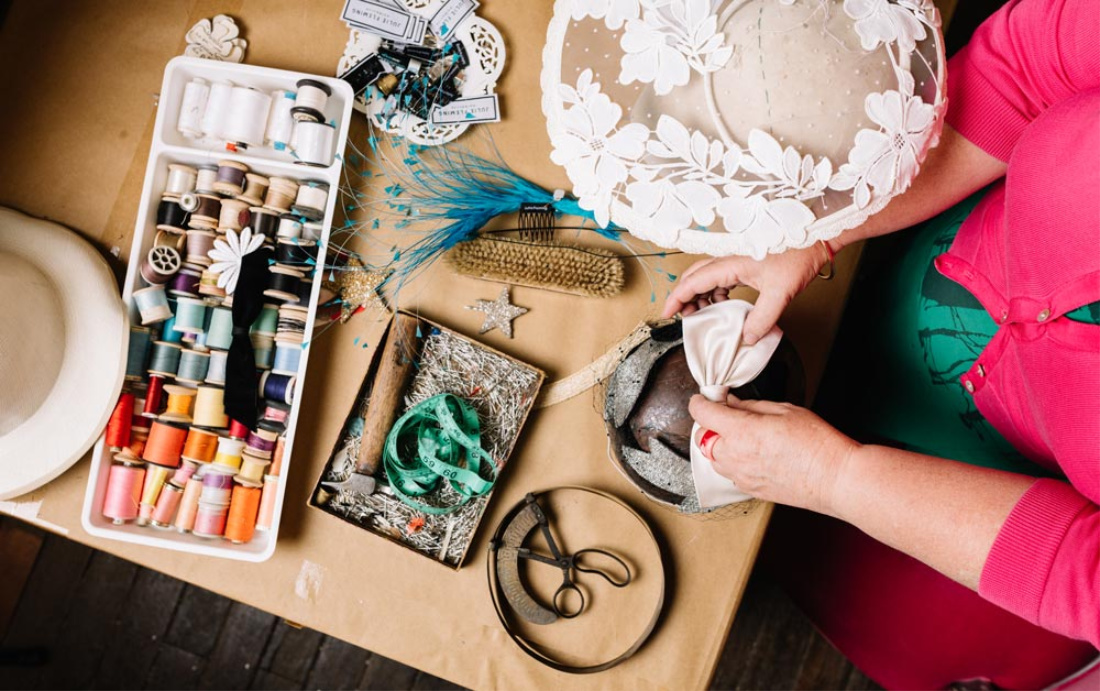
Julie, a JamFactory artisan at work in her studio.
Photo courtesy of JamFactory.
Why Consider a Partnership with a Tourism Bureau
Partnering with your local tourism bureau can be just one more way to market your crafts business and a way to reach people who may not find you and your products or services otherwise. Luckman said that while global distribution is made possible by the Internet, her and her colleagues’ research has found that “the majority of sales by the makers we spoke to were local: direct to the public from a studio, workshop, local shopfront, craft fairs, or markets.
But while the point-of-sale may be local, the ultimate destination of many of the items certainly was not. This is where thinking of your likely market is important, as transportation and packing are clearly something the purchaser is thinking of.
Fabric-based and small items (for example jewelry) can work well for international travelers and others flying in; those driving to a location have a bit more scope in terms of what they can bring home with them.
The other idea to tap into and market is the promotion of an experience, such as a workshop or a class. I have taken a silver and copper jewelry making class in Utah where copper is mined, while my colleagues have taken mosaics classes in Italy where the artform has been a part of the culture since at least classical times. We found both listed on a tourism things-to-do website.
How to Work With Your Tourism Bureau
Many government-affiliated tourism bureaus around the world now have a section of their websites devoted to arts and crafts. Prince Edward Island, Canada, for example, has an Arts and Crafts page where visitors can further explore their desires based by regions of the province. The site highlights artisans and runs a meet the maker program, lists places to buy arts and crafts, and offers authentic experiences to work alongside artists and makers. And their website provides a name and phone number of who to call if you want to offer an authentic experience or get involved in another way.

Bowl by J Draper Glass.
Photo courtesy of Illinois Tourism
The Illinois Made program spells out its criteria on their website and allows potential program members to nominate their business, or another maker’s business, through a form. Craft Northern Ireland (part of NI Tourism promotion) has a link for maker opportunities right on their website.
If your local tourism bureau doesn’t seem to have an arts and crafts page, check out its partnership information section. Almost every bureau has a “work with us” or “partner with us” section, as they do really want to help promote local businesses and makers. Because as it says on Northern Ireland Tourism site “Research shows that more people are looking for authentic experiences and want to engage with local communities and cultural activity. The craft industry provides a base for creative and cultural tourism development, which has been recognised by tourism agencies, local authorities and cultural sector organisations.”
By partnering with a local tourist board, you are supporting what Luckman’s research has shown: “the handmade (including its bespoke shops, craft fairs, street markets, and open studios) is being embraced by local governments and tourists alike for the ways in which its products offer a unique memento of place.” And wouldn’t we all like our work to contribute to someone’s fond memories of where we call home?

Jill L. Ferguson
contributor
Jill is the author of ten books, an artist, editor, entrepreneur and consultant. She is the founder of Women's Wellness Weekends (www.womenswellnessweekends.

